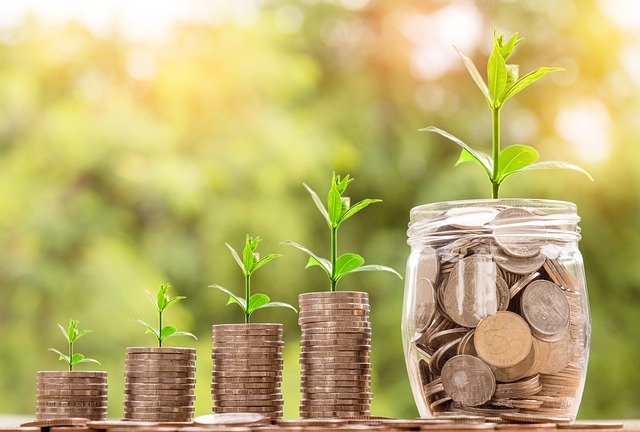"Strategies for Navigating the Growing World of Green Bonds"
Investing in the future of our planet and making a profit might seem like a paradox. However, the advent of green bonds has made this a reality. This article delves into the world of green bonds, a relatively recent addition to the financial landscape that has been creating waves for its potential to drive sustainable development while offering attractive returns.

The Emergence of Green Bonds
Green bonds, born out of the pressing need for climate finance, are a type of fixed-income instrument designed to raise funds for environmentally-friendly projects. The first green bond was issued by the European Investment Bank in 2007. Since then, they have grown exponentially, topping $1 trillion in cumulative issuance in 2020. With the global commitment to the Paris Agreement and the Sustainable Development Goals, green bonds are poised for further growth.
The Current Market Dynamics
The market for green bonds has been expanding at a rapid pace. The global issuance of green bonds reached $269.5 billion by the end of 2020, a 1% increase from 2019. This growth is driven by a combination of factors, including increased investor demand for sustainable investments, government initiatives, and corporate commitment to sustainability. However, the market is still primarily dominated by developed countries, with Europe accounting for over 45% of the global issuance.
Implications for Investors
Green bonds offer several benefits for investors. They provide a way to diversify portfolios, hedge against climate risk, and align investments with sustainability goals. Additionally, they offer competitive returns compared to traditional bonds. However, they come with their own set of challenges. The lack of standardization in what constitutes a ‘green’ project and the risk of ‘greenwashing’ are some of the risks that investors must navigate.
Practical Applications and Real-World Impact
Green bonds have been instrumental in financing renewable energy projects, green buildings, and public transportation systems, among others. For instance, Apple Inc. issued a $1.5 billion green bond in 2016 to finance clean energy projects across its global operations. On a larger scale, they are playing a critical role in helping countries transition to a low-carbon economy.
Key Insights for Making Green Bond Investments
-
Understand the project: Before investing, ensure you understand the project that the bond is financing. It should align with your sustainability goals and risk tolerance.
-
Scrutinize the issuer: Assess the issuer’s commitment to sustainability and their track record in managing green projects.
-
Look for third-party verification: To mitigate the risk of greenwashing, look for bonds that have been verified by a third-party.
-
Consider liquidity: While the green bond market is growing, it is still less liquid compared to the traditional bond market. This could impact your ability to sell the bond before maturity.
Conclusion
Green bonds represent a unique opportunity for investors to contribute to sustainable development while earning competitive returns. However, like any investment, they require careful consideration and due diligence. As the market continues to evolve, staying informed and understanding the risks and rewards can help investors navigate this emerging landscape.


